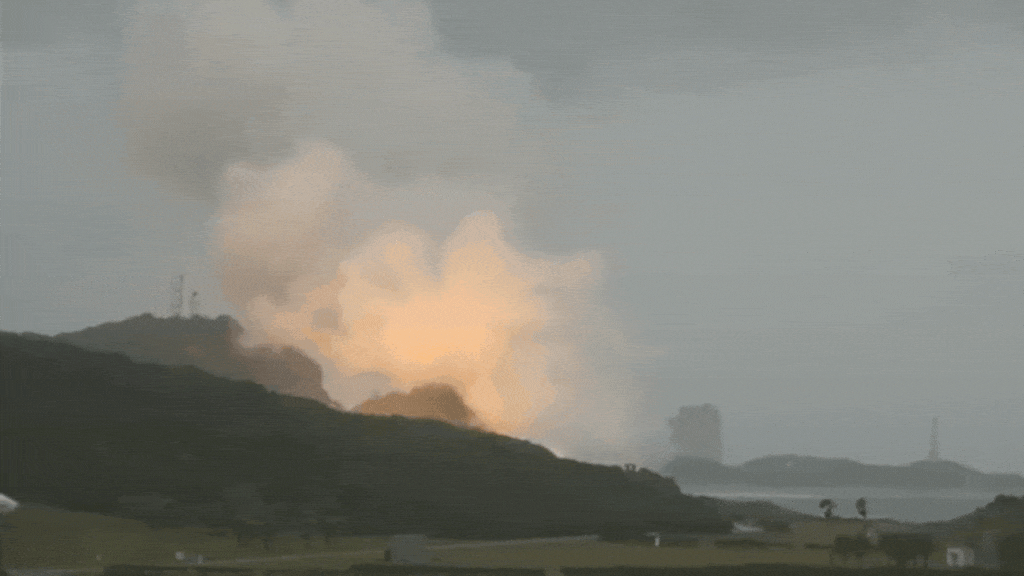ARTICLE AD BOX
THE world’s scariest lab 16,000ft up Mount Everest now lies abandoned with just an ex-school teacher running it.
The research facility, known as The Pyramid, is said to be vital for research on climate change and biodiversity.
 Alamy
Alamy The lab is the highest in the world
The lab is the highest in the world Alamy
Alamy Alamy
AlamyAround 520 scientific missions have been carried out at the site since it was constructed and transported to Everest in 1990.
Made of glass, aluminium and steel across three storeys, the building is equipped with internet, telecomms and is full self-sufficient.
But the lab, which neighbours base camp and is situated at the highest altitude in the world, is now falling apart.
It comes a decade after the Italian government decided to cut its budget in 2014.
The lab has since failed to find alternative funding, resulting in a number of research missions having to be suspended.
Researchers and maintenance staff based at the site also had to leave.
It has resulted in much of the equipment within the lab having become useless.
The site is maintained by a single individual and the entire lab will fall into disrepair without further funding.
The south side of The Pyramid contains an independent living unit, while the first floor features a restaurant and warehouse along with the laboratory.
Three more medium-sized labs are found on the second floor, while the third level holds rooms for data processing and telecomms.
The lab’s manager and sole occupant Kaji Bista told the Scientific American: “Many [pieces of] lab equipment have turned completely useless.”
Now struggling to operate the site’s observatory, he added: “We couldn’t replace filters for pollution monitoring.
“And there was no point in collecting samples as we couldn’t store or ship them for further assessments.”
It comes as a two-year-old boy is believed to have become the youngest person to reach Everest base camp.
A retired British Army soldier also last year became the world’s first double above-knee amputee to scale Everest.
 Alamy
Alamy Alamy
Alamy.png)
 9 months ago
3
9 months ago
3








 English (US)
English (US)